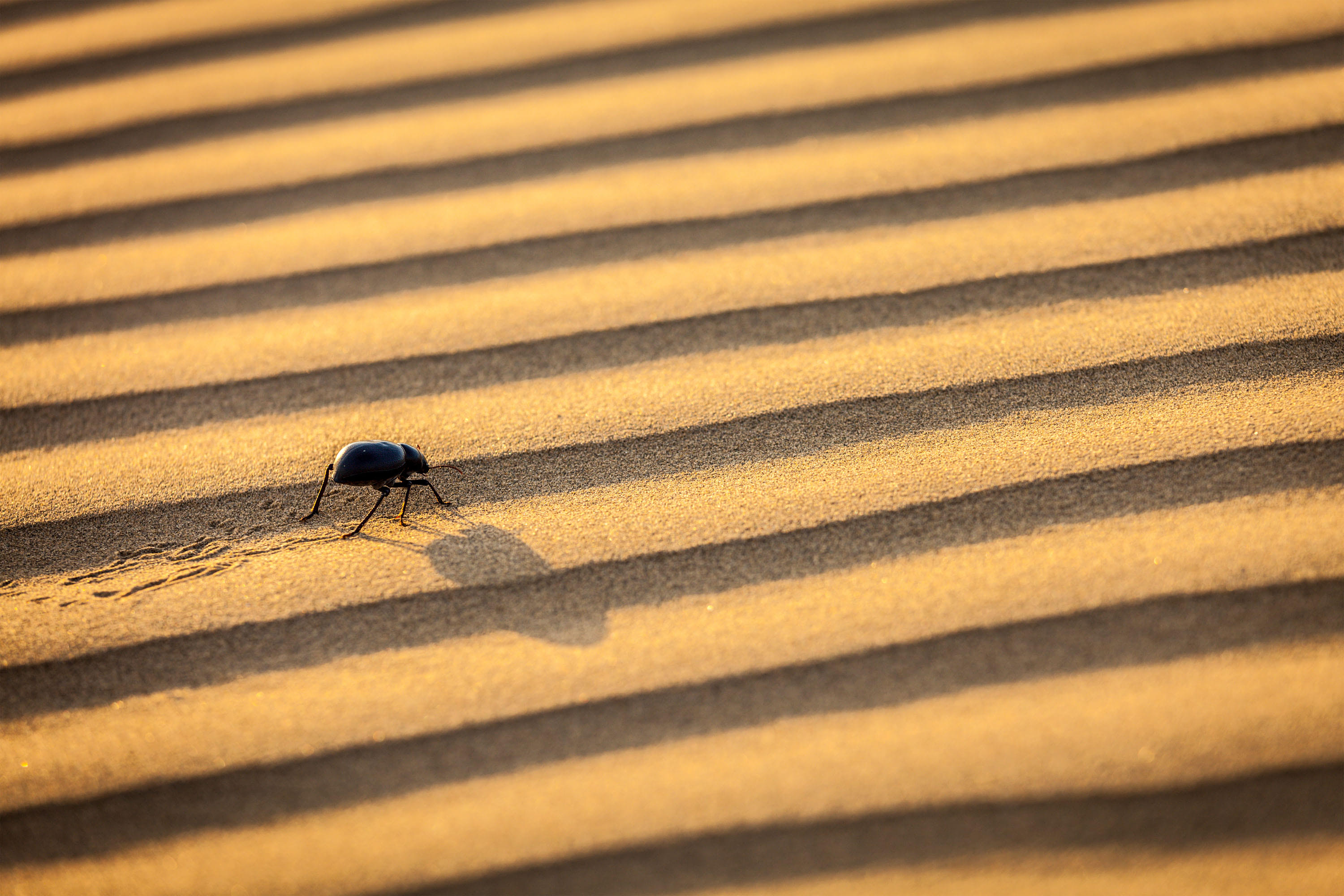Water shortage emergency is a real threat for all of us. Our planet is getting drier and drier every day. Scientists at Harvard University have designed a new material inspired by organisms such as cacti, pitcher plants and desert beetles that can effectively harvest water from thin air.
The research is the first step towards developing a system that can efficiently collect water and guide it to a reservoir. Researchers observed how certain organisms can survive in arid environments. These species developed specific mechanisms to collect water from thin air.
This specific beetle that lives in the Namib desert, for instance, gathers water droplets on the bumps of its shell while V-shaped cactus spines guide droplets to the plant body. In order to develop a more technologically advanced method to promote and transport condensed water droplets, the team of researchers have drawn inspiration from these organisms. They created an hybrid material, as a result of the three evolution-produced designs, that outperforms other synthetic water-harvesting materials. Insights came in part from a new, deeper look at the role of the bumpy physical structure of the beetle's shell.
"Our research shows that a complex bio-inspired approach, in which we marry multiple biological species to come up with non-trivial designs for highly efficient materials with unprecedented properties, is a new, promising direction in biomimetics" said Joanna Aizenberg, a Professor from Harvard. “We envision that this fundamental understanding and rational design strategy can be applied to a wide range of water-harvesting and phase-change heat-transfer applications”. The system is inspired by the bumpy shell of desert beetles, the asymmetric structure of cactus spines and slippery surfaces of pitcher plants, borrowing their evolutionary tools.
Desertification and erosion are among the main problems we are facing nowadays and the situation doesn't seem to get better. This is a threat to both food security and climate adaptation. Water shortage will most likely become worse in the future. We need to find ways of collecting water under the harshest conditions. Our environment can teach us a lot thanks to its adaptability to different climates, and it is very promising to see how biomimicry is helping us and our surroundings every day.
Source: Inhabitat. Image: Shutterstock

Share your thoughts and join the technology debate!
Be the first to comment